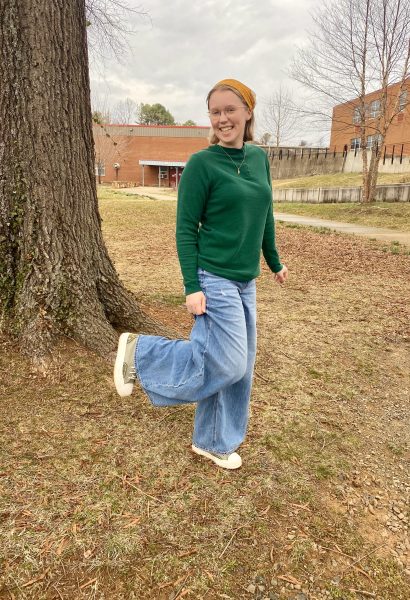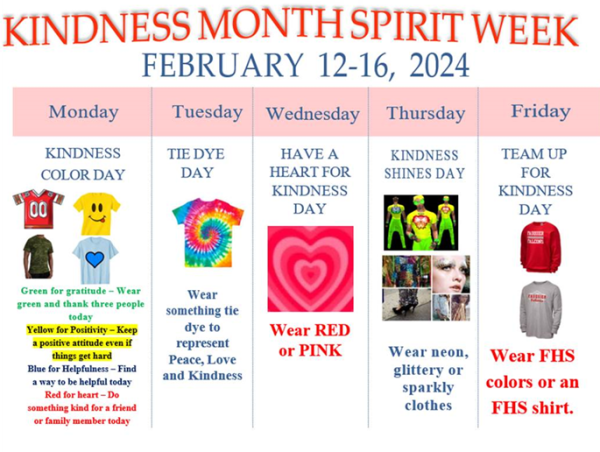Student Shares Viewpoint on How Local Students Can Help
February 11, 2020
With an issue much larger than ourselves, the pressure to help fight climate change can sound daunting, but it doesn’t have to be. According to a study by an MIT class, the average American’s carbon dioxide emissions are 16 more metric tons than the global average.
Simply cutting down carbon emissions won’t fix climate change, the issue is much larger than that. No single person can reverse or even slow down climate change. That is why they can contact your representatives and use your power as a consumer. It is the responsibility of governments and industries to make any real changes but individuals can take a few steps to reduce their own carbon emissions.
The most effective way an individual can cut down their carbon emissions is to cut down their car emissions. According to the Environmental Protection Agency (EPA), the largest share of greenhouse gases, 28.9 percent, was generated by transportation alone in 2017.
Some ways individuals can cut their transportation emissions are driving less, such as carpooling, walking or taking public transportation. However, if people cannot cut down driving, they can avoid excessive or unnecessary acceleration. Aggressive driving has been found to consume 40 percent more fuel, according to a study at the Department of Energy’s Oak Ridge National Laboratory.
Individuals can also cut their emissions by cutting beef and dairy from their diet. According to the World Resources Institute, in 2010, ruminants were to blame for almost half of agricultural production greenhouse emissions. They also pointed out that “if cattle were able to form their own nation, they would rank third behind China and the United States among the world’s largest greenhouse gas emitters.” This doesn’t mean people have to go vegetarian or that they have to say goodbye to burgers. Individuals can cut their diet-related environmental impact almost in half by simply eating less meat and dairy.
Another way individuals can cut their emissions is something that many teenagers have already started adopting, thrifting. According to a study by the Carbon Trust, the purchase and use of clothing led to the release of over 850 million tons of CO2 per year (around 3% of global production CO2 emissions). By extending the life of clothing, individuals can reduce their carbon footprint. According to a 2016 report, the reuse and recycling of textiles from nordic countries saved 425 million pounds of CO2 a year. So go ahead and shop at your local thrift store!
Of course, individuals can also donate to charities that support those affected by climate change or donate to research. For more information, you can visit https://www.edf.org/
The link below will direct you to the additional article featured on the center spread of the newspaper:
https://fhsfalconer.com/3375/news/climate-change-makes-its-mark-locally-and-globally/


















